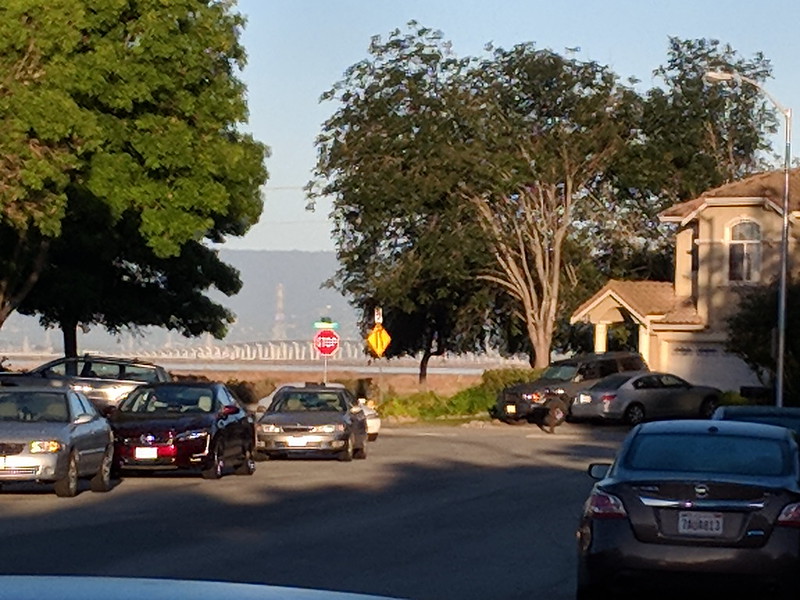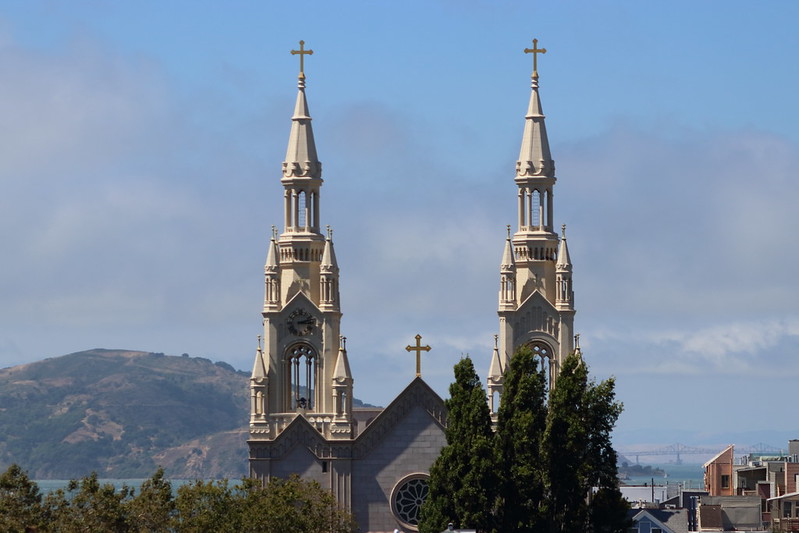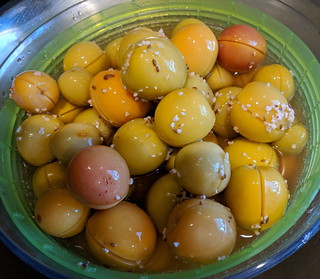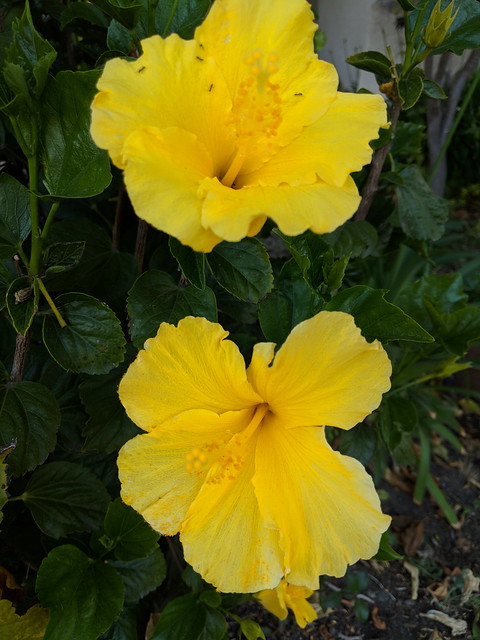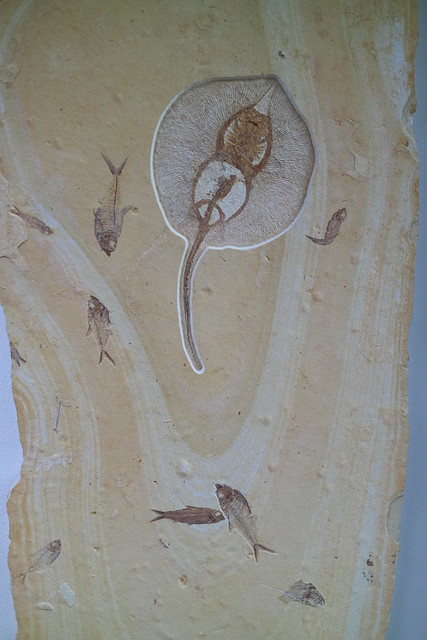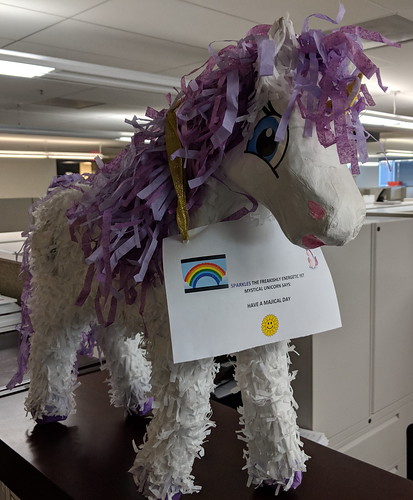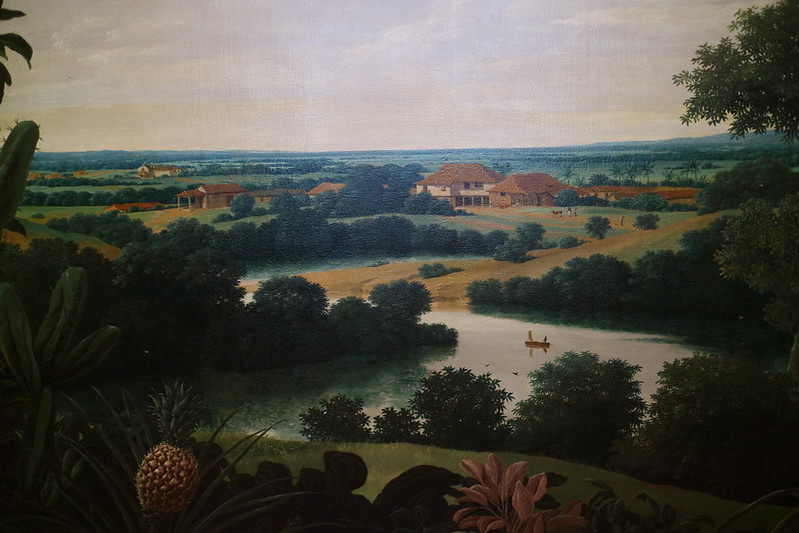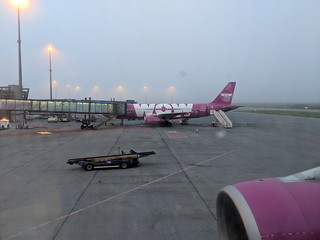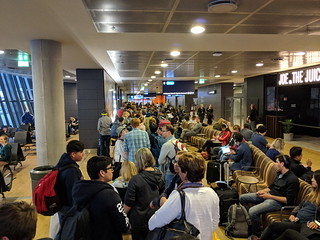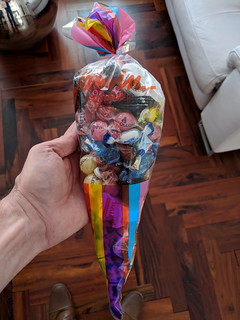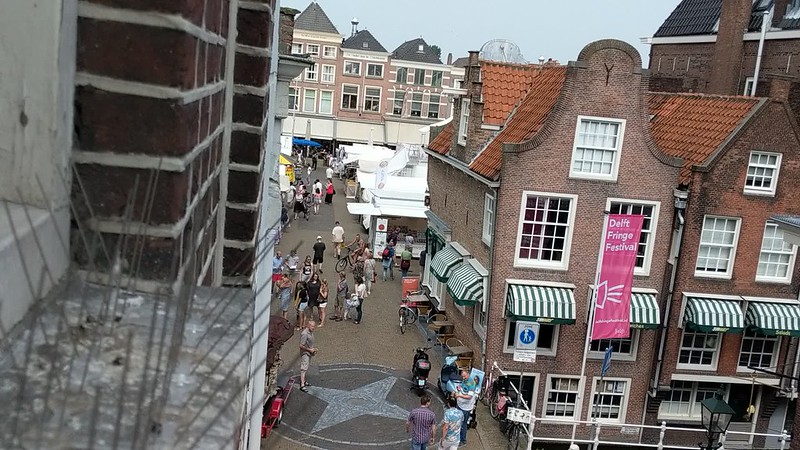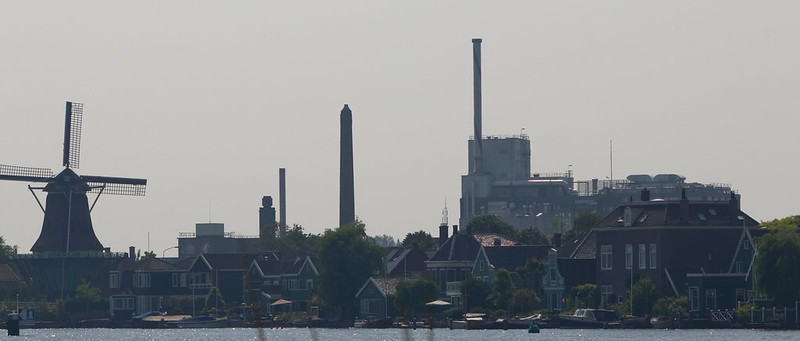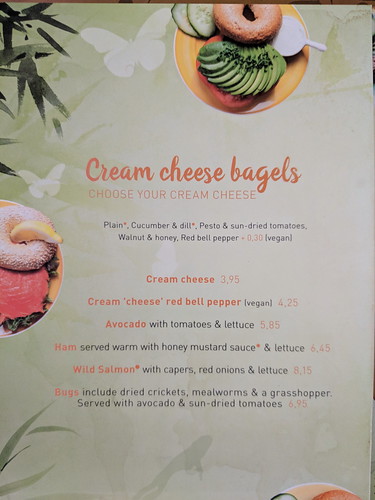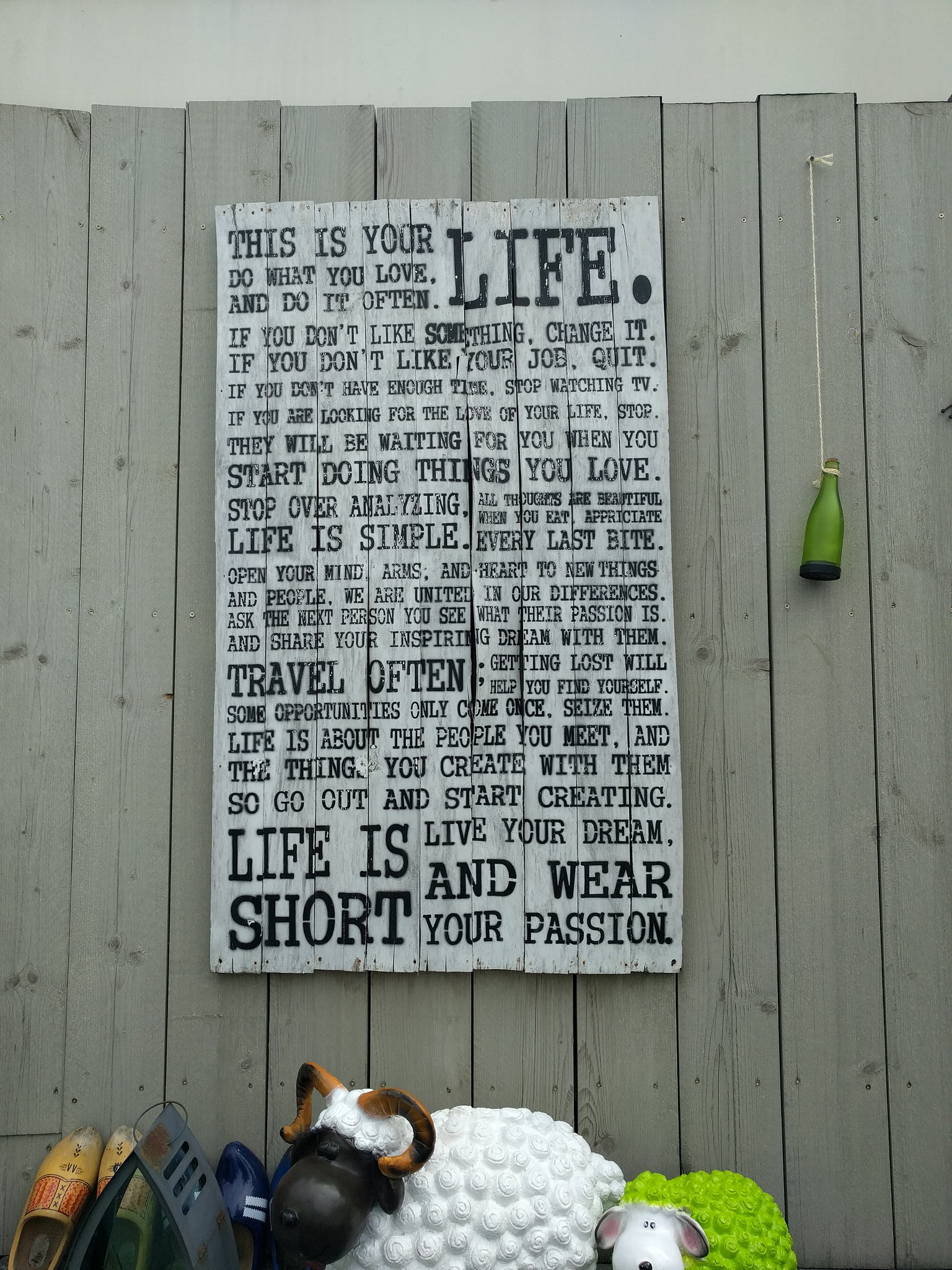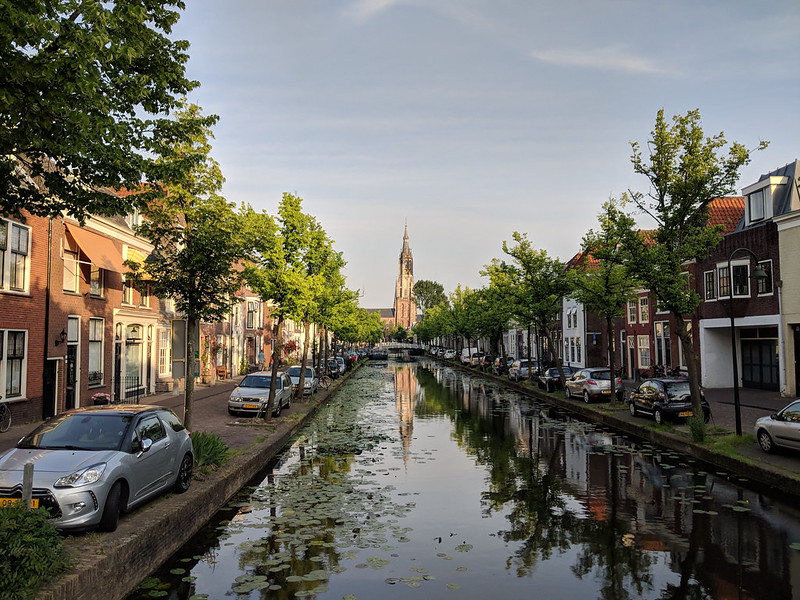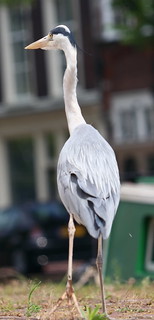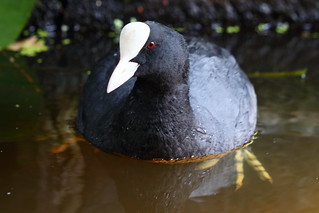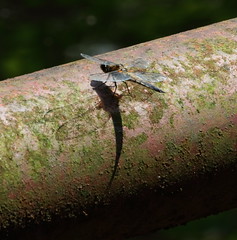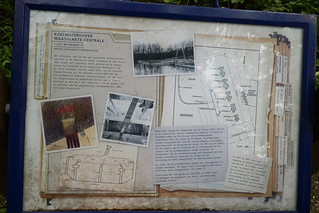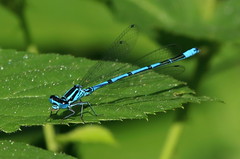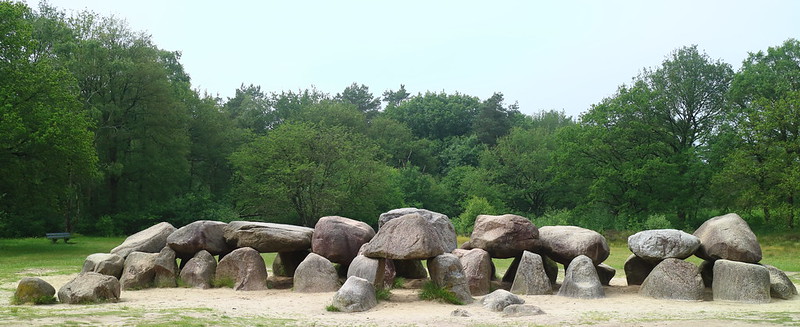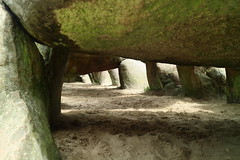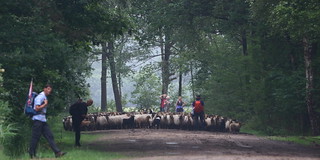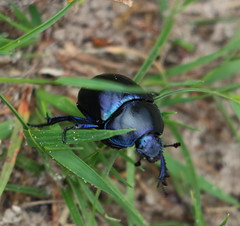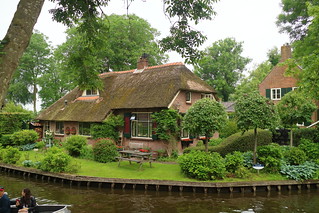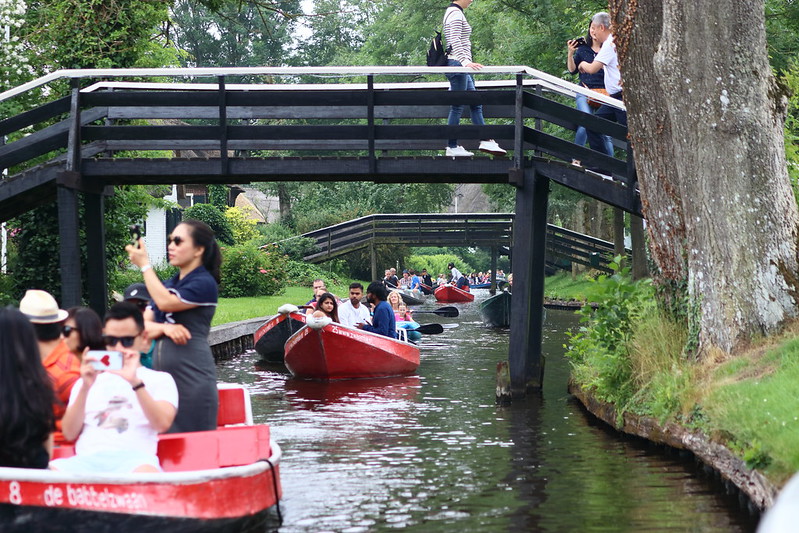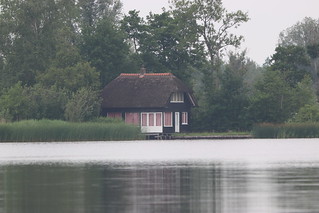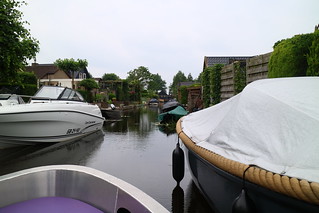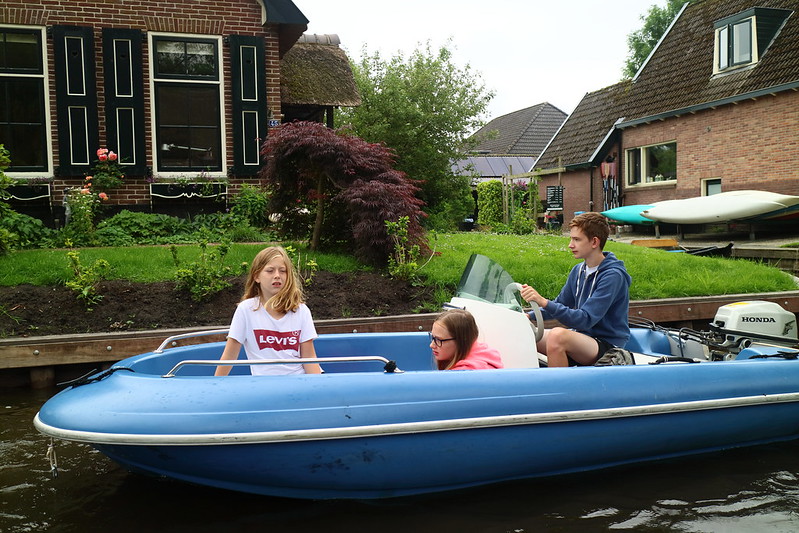“Travel makes one modest – you see what a tiny place you occupy in the world” – Gustave Flaubert
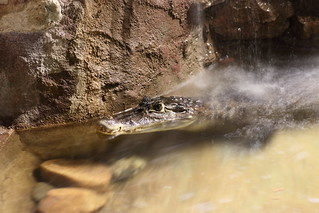
Well, it was bound to happen. The first text message a week ago was just a little crack in the wall, as some eager beaver just had to tell D of exciting news from the office… and now today D has had to take a teleconference so that he can give his two cents on some whatever vendor tool for blah, blah, blah. The seal is broken, and the wall is crumbling. T is tallying the number of times D’s work mates have no boundaries and interrupt his well-earned and desperately needed vacation. She imagines kicking them smartly in the shins for each infraction.
(D worries when she gets on this topic, because he knows T, despite appearances to the contrary, is still somewhat feral and might actually tell them she’s imagined kicking them… while shifting her weight to one foot… But, we digress.)
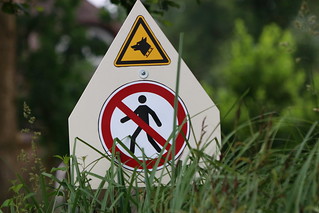
Now that the vultures are circling and we can see the end of our trip just a few days down the pike, T has put on her junior sociologist’s hat and continued to process some of the things we’ve observed throughout our travels in this intriguing country (and from living in Scotland).
Twenty days in a country doesn’t exactly give scope for a deep dive into its society, but because we’ve lived abroad before, it’s easier to have a basis for comparison. Now, we’re fond of our home state and the benefits it has given us – and we love air conditioning, garbage disposals, public libraries and window screens — all things Europe commonly does not have. — BUT sometimes, American attitudes and ways of looking at things leave something to be desired.

The interesting differences in attitude we’ve observed between countries is this idea of being The Best. The Netherlands is an amazing, brilliant country… and they don’t go on about it. In Scandinavia, there are national social mores about humility and modesty. The “best” is something perhaps children strive for; while adults, in contrast, just seem content to get on with things. Maybe it’s just that lately the national conversation has become steeped in empty superlatives – “greatest” “most” “best” – maybe it just seems like this blabbing about how awesome we are is new, but it’s not, really. To a certain extent, there’s always been an attitude of competitive striving – that “pursuit of happiness” which came from an adolescent nation determined to prove to a parental kingdom that it wasn’t just some rebellious kid going off on their own. We never intended to come crawling back to Mama England, and that bullheaded stubbornness has informed a lot of the flavor of our country. Ironically, those with the most privilege in this nation still struggle to recognize it because there’s a sense of deserving more, which causes so many a deep unhappiness — even as indigenous, Black, and people of color still haven’t yet achieved equality — but that’s clearly a topic for another blog post.
 “Traveling is a brutality. It forces you to trust strangers and to lose sight of all that familiar comfort of home and friends. You are constantly off balance. Nothing is yours except the essential things — air, sleep, dreams, the sea, the sky — all things tending towards the eternal or what we imagine of it.” – Cesare Pavese
“Traveling is a brutality. It forces you to trust strangers and to lose sight of all that familiar comfort of home and friends. You are constantly off balance. Nothing is yours except the essential things — air, sleep, dreams, the sea, the sky — all things tending towards the eternal or what we imagine of it.” – Cesare Pavese
In contrast, in the Netherlands, there’s less an attitude of competition here than there is of normalcy. There is a phrase here about “just do the normal,” thus the word that crops up a lot in conversation is “typical Dutch x,” or “typical Dutch Y.” People believe that they are basically all about the same, and that “normal” is basically weird enough, and there’s no need to be seriously eccentric or try to stand out from the crowd… which flows right into another Netherlands phrase we’ve heard often on this trip, when the conversation has turned to deeper matters in terms of industry, religion, and politics: “There are more important concerns.”
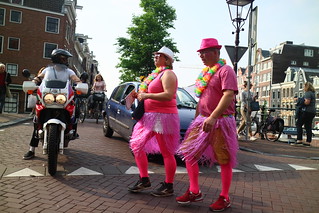
There are bigger stories; more important fish to fry. DB’s mother said it frequently, when speaking of religions reacting to gendering (churches are sluggish about inclusivity), or issues surrounding healthcare (she’s a physician). SC’s neighbor said it in passing when speaking of how the children in her daughter’s elementary school interacted. In almost every situation where our societal inclination would be to harp on a point or insist on clarification, explanation, or agreement, the reaction we’ve observed is for people to sit back and remark that there are more important things to worry about. Normal, after all, is weird enough.
This idea is kind of fascinating.
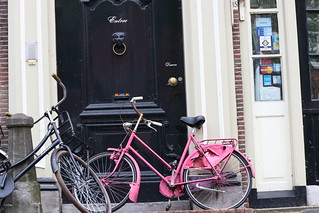
We thought we understood about people kind of having a live-and-let-live attitude from living in the UK, but honestly, Scots are rather opinionated and are quite free with their opinions. (Just get into a cab once and have the driver tell you that you’re wasting his time and could have walked where you needed to go. THAT’s always fun when you’re lost.) We’re told that the Dutch are, too, but rather than air that opinion in an insistent way, apparently once they get to know you, they’ll simply put it out there and go on. If there’s disagreement, the opposing opinion is just put out there, and people go on. It’s not as if people don’t argue – but there has just seemed to be less of a competition for who has the last word. It’s interesting.
Maybe it’s that we’re still guests in all of the places we’ve been, and they’re just listening to us go on. Maybe they’re all secretly laughing at us. Who knows? Maybe there really are more important concerns, and they’re away getting on with them. And, so we will, too.
“Perhaps travel cannot prevent bigotry, but by demonstrating that all peoples cry, laugh, eat, worry, and die, it can introduce the idea that if we try and understand each other, we may even become friends.” – Maya Angelou
